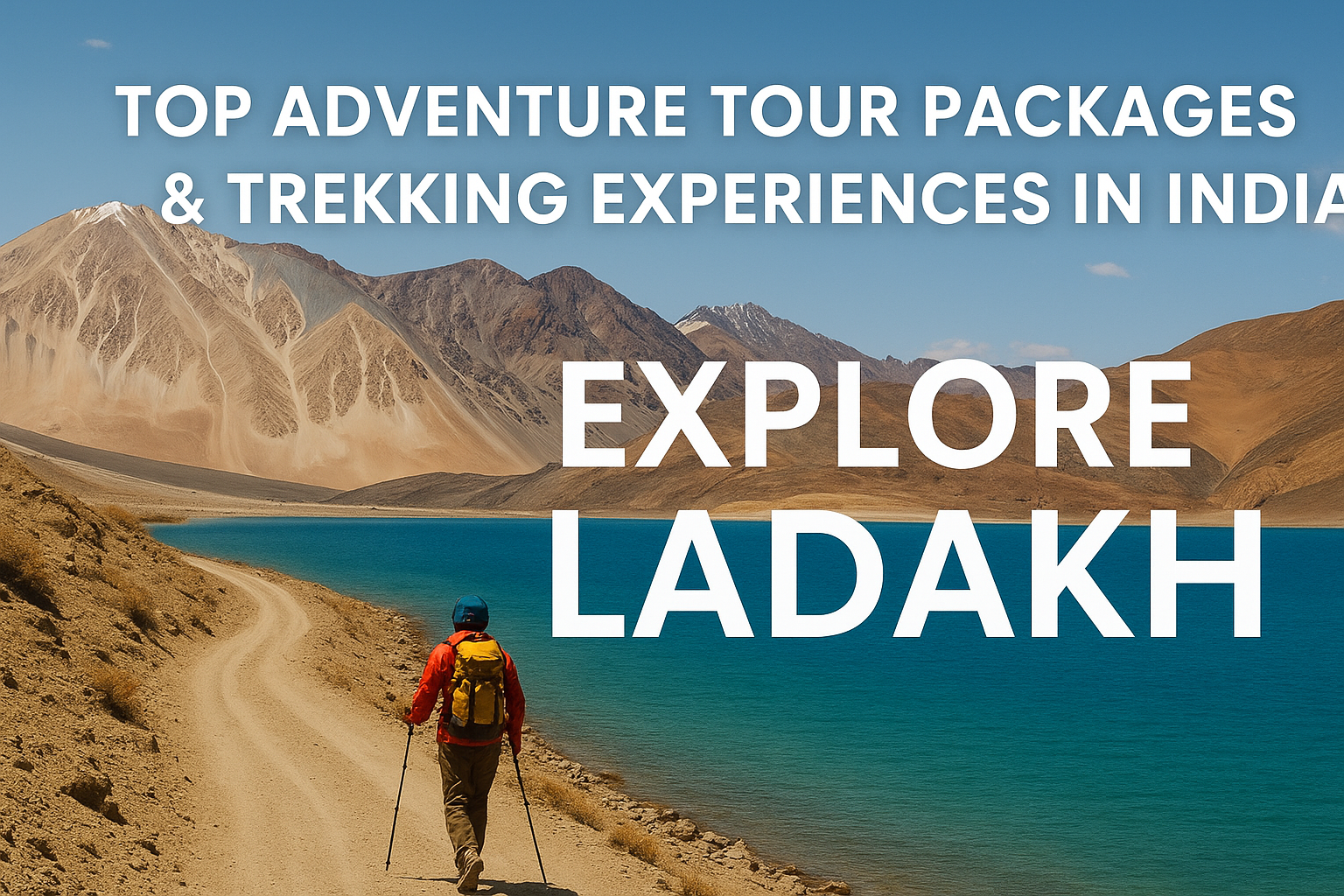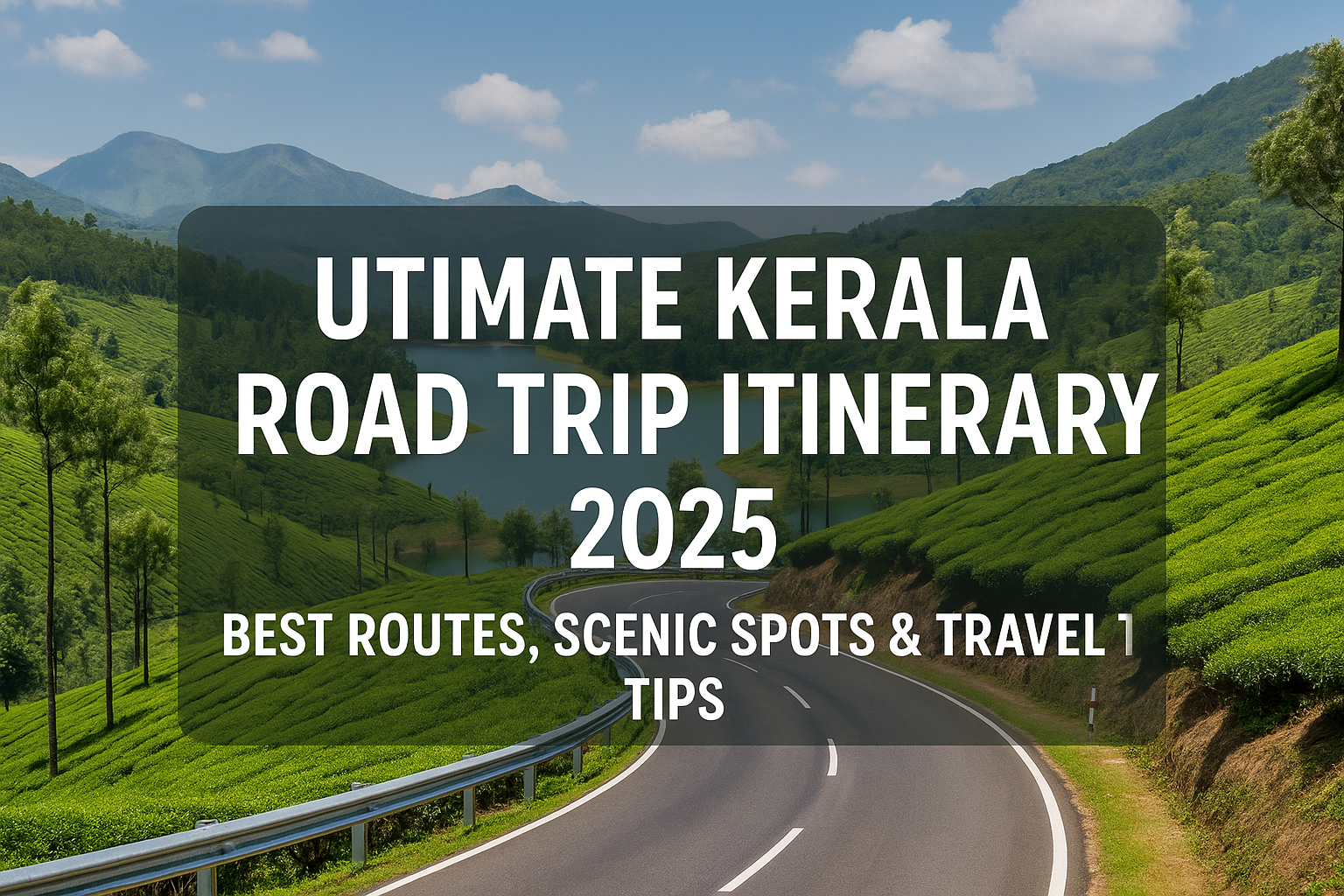

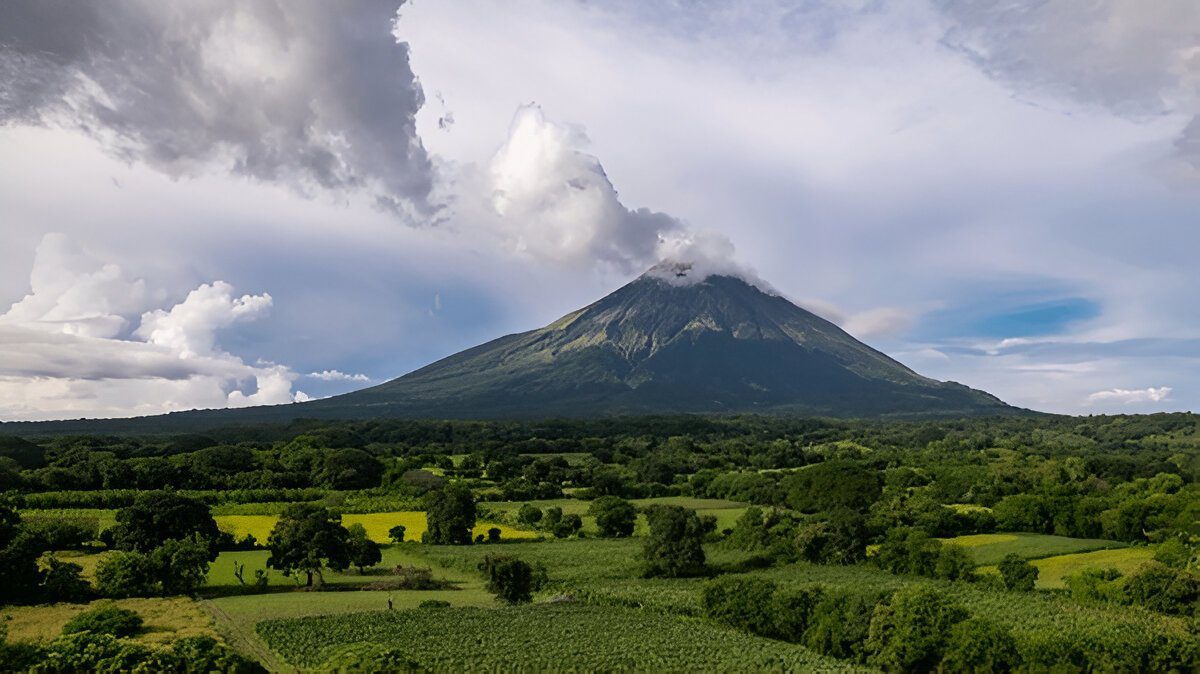
Eyjafjallajökull, often referred to as “E15” due to its difficult pronunciation, is one of Iceland’s most famous volcanoes. Its 2010 eruption caused massive disruption to air travel across Europe, but today, it’s a popular spot for those wanting to experience a historically significant and visually stunning volcano. You can take a guided tour to get up close to the glacier and explore the aftermath of the eruption.
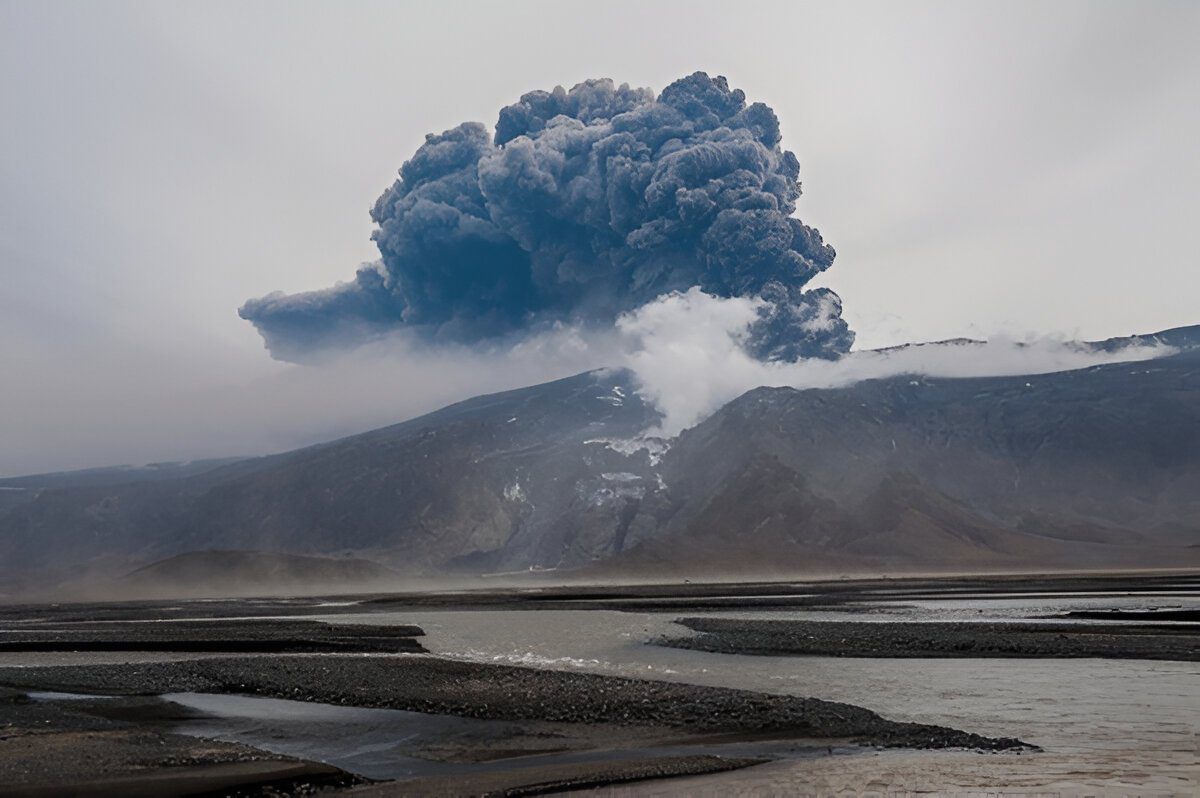
Known as the “Gateway to Hell” in medieval times, Hekla is one of Iceland’s most active volcanoes, with more than 20 eruptions since 874 AD. The volcano’s distinct shape, resembling an inverted boat, makes it instantly recognizable. Hiking on Hekla offers spectacular views, but it’s essential to check for any potential volcanic activity before your visit. This region also boasts a rich history of legends and folklore.
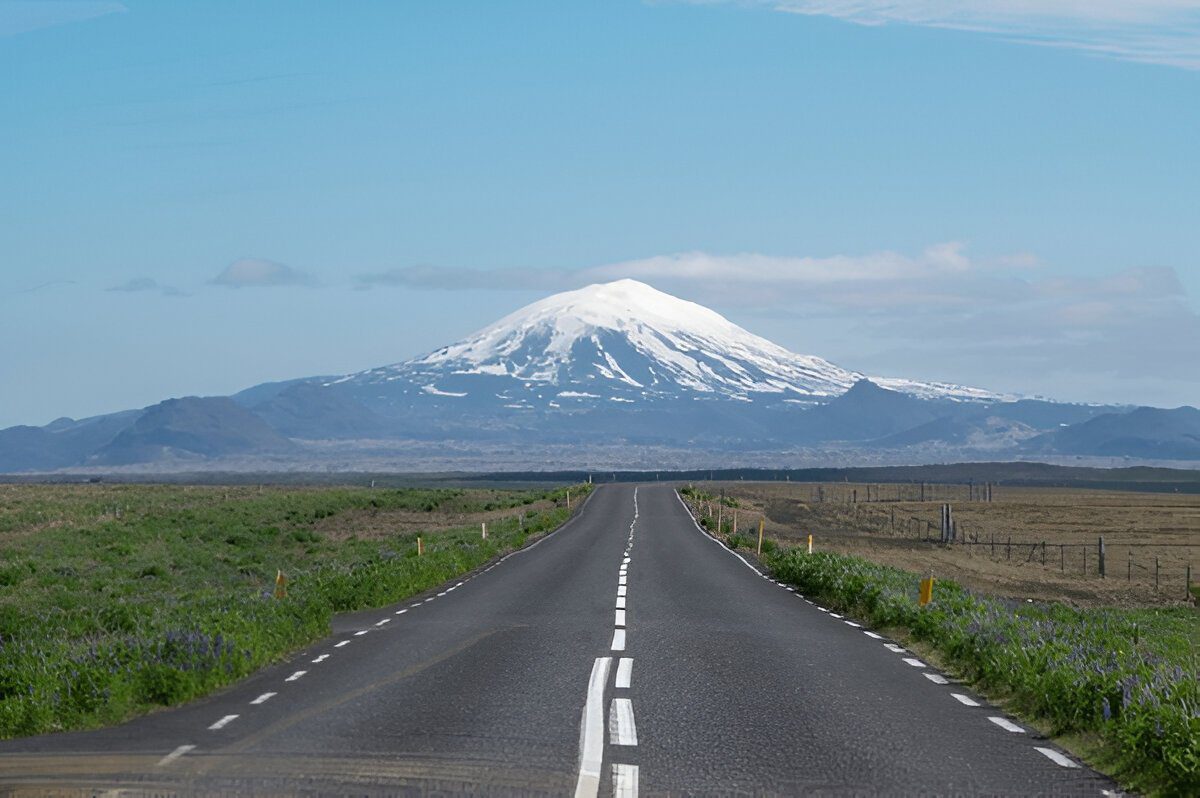
Beneath the Mýrdalsjökull glacier lies the mighty Katla volcano, one of Iceland’s most powerful. Although it hasn’t erupted since 1918, Katla is closely monitored due to the threat it poses. Visitors to this region can take part in glacier tours, where they can explore ice caves formed by volcanic activity. The nearby village of Vík provides a picturesque base for exploring Katla and its surrounding area.

Hidden beneath the Vatnajökull glacier, Grímsvötn is Iceland’s most active volcano. Its 2011 eruption was one of the largest in recent years, blanketing parts of Iceland in ash. Visiting Grímsvötn offers a unique experience as it’s situated in Europe’s largest glacier. While the volcano itself isn’t directly accessible, you can take glacier tours in Vatnajökull National Park to explore the surrounding area and learn about the impact of Grímsvötn’s eruptions.
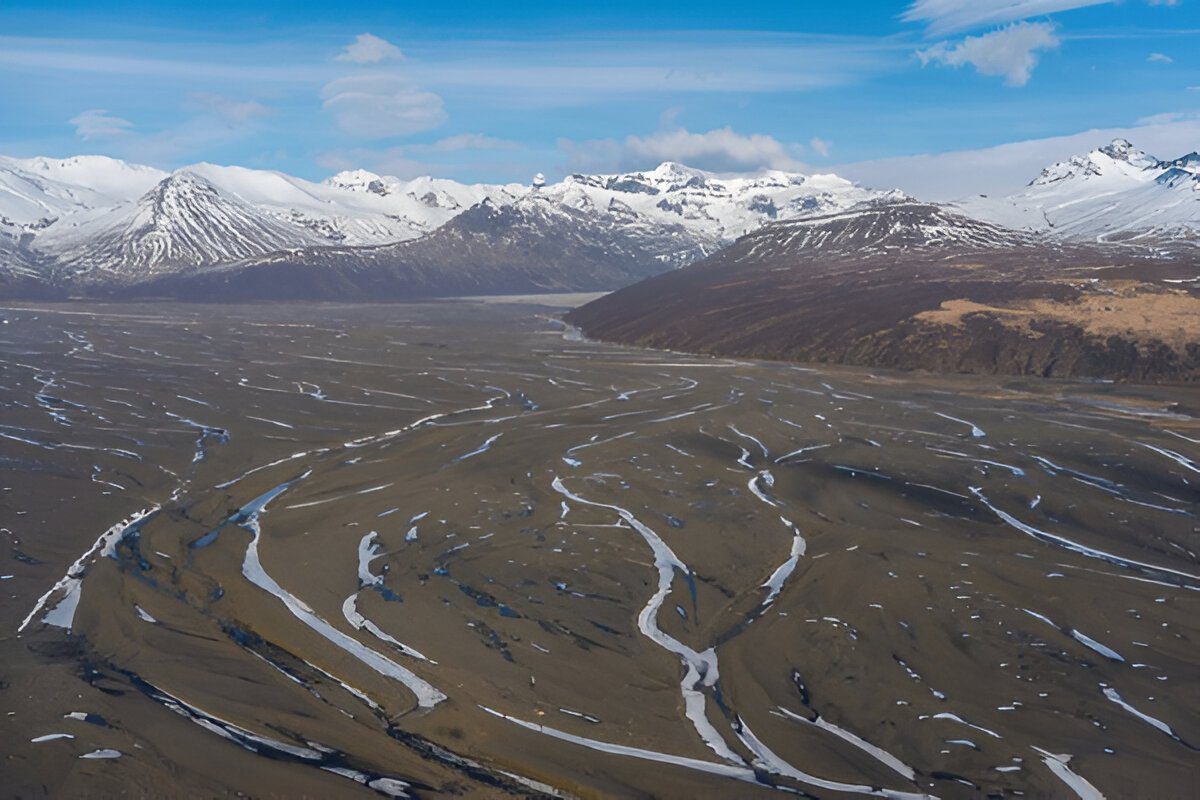
Askja is located in the remote highlands of Iceland and is famous for its stunning caldera and volcanic lake, Öskjuvatn. The crater is known for its vivid blue water and warm temperature, attracting swimmers despite the challenging journey to reach it. The surrounding area, with its otherworldly lava fields and rugged landscape, makes it a top choice for those seeking a truly adventurous experience.
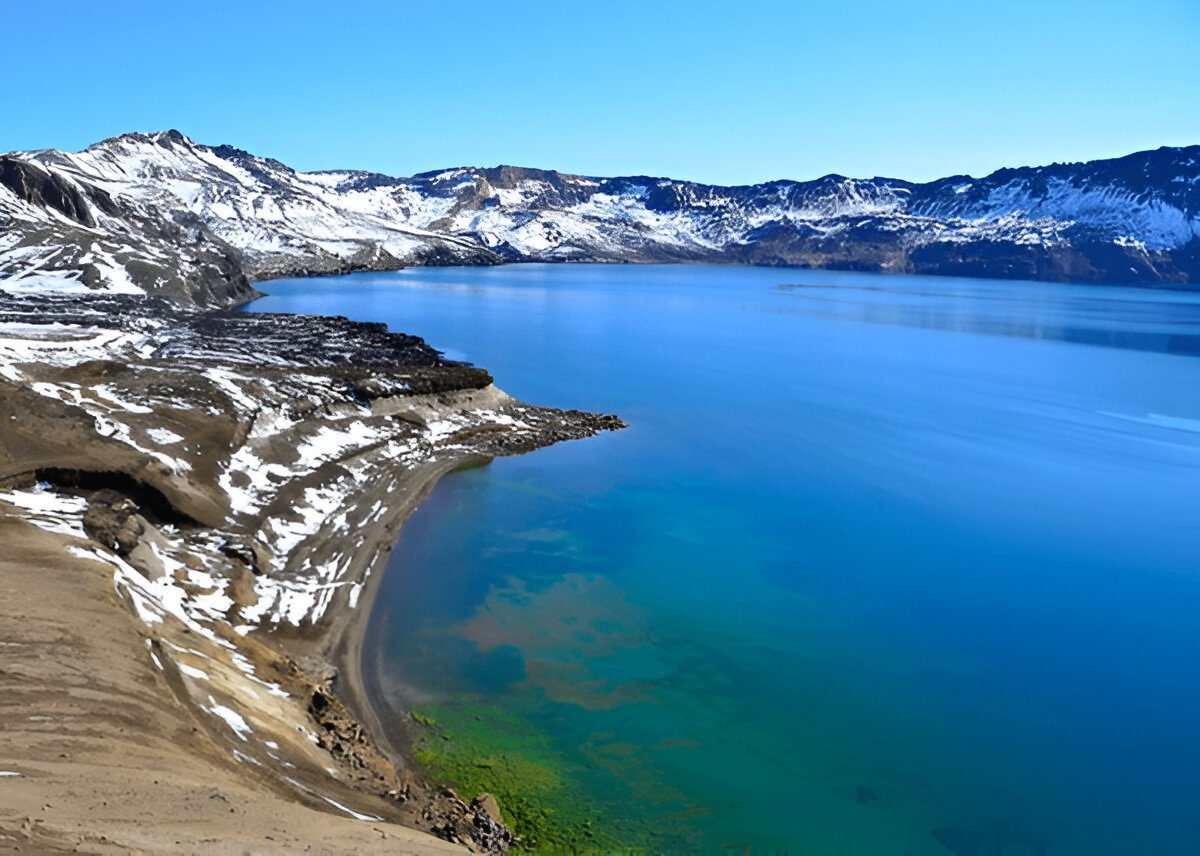
One of Iceland’s newest attractions, Fagradalsfjall erupted in 2021, drawing global attention. Located on the Reykjanes Peninsula, it’s close to Reykjavik, making it easily accessible for visitors. The eruption site has become a popular tourist destination, allowing travelers to witness fresh lava fields up close. If you’re lucky, you might even see the volcano erupting, creating a mesmerizing display of flowing lava.
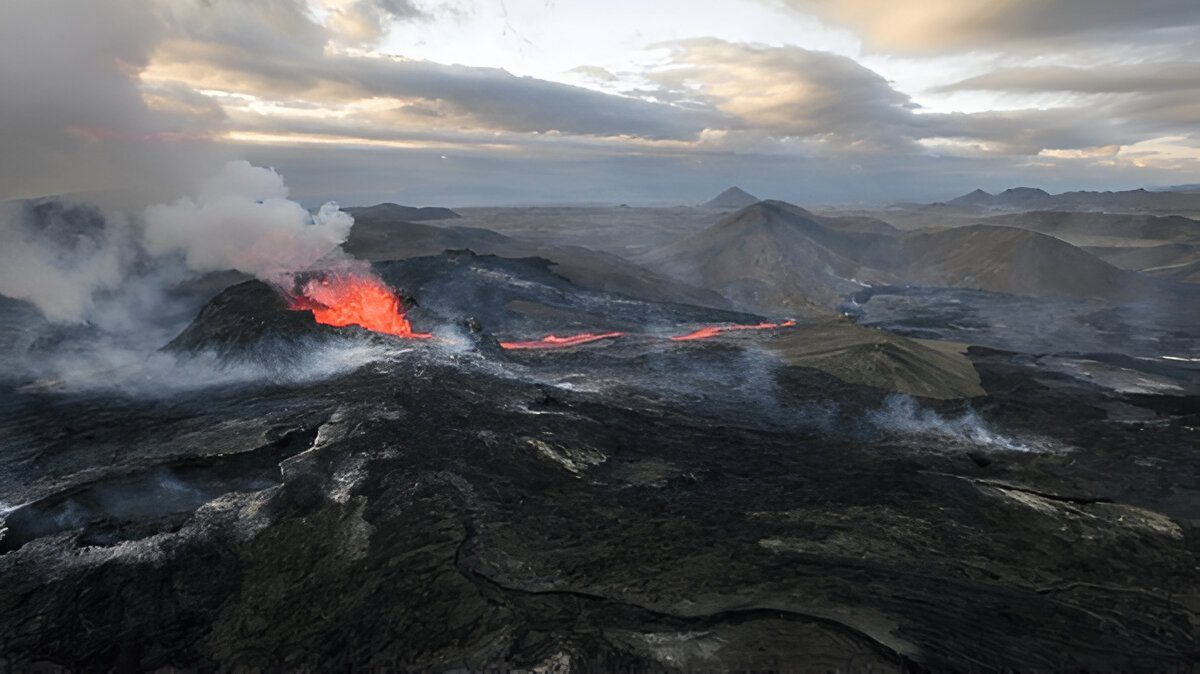
While exploring active volcanoes can be thrilling, safety is paramount. Here are a few tips to ensure a safe visit:


